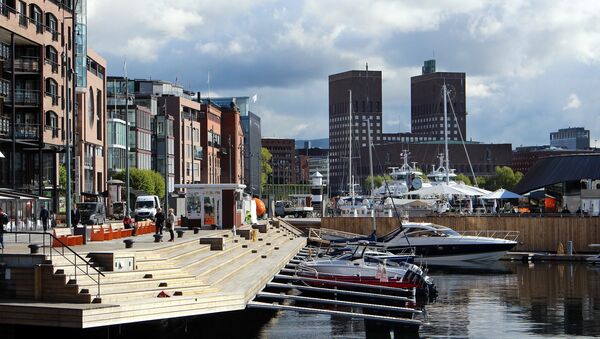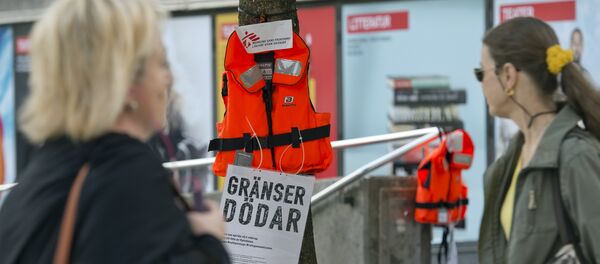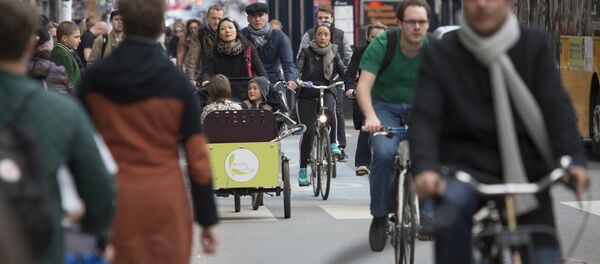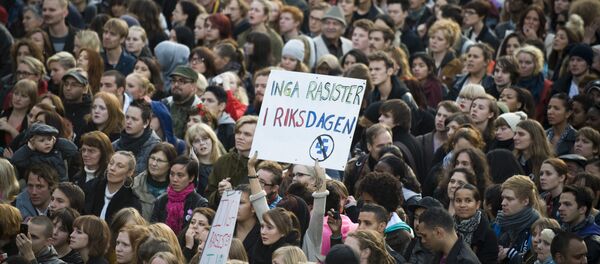Despite the fact that the Norwegian construction industry, which attracted thousands of Poles in the first place is now in the doldrums, there are few Poles who actually have a mind for going back. According to Marta Erdal, a researcher at the Peace Research Institute Oslo (PRIO), 70 percent of Poles who arrived in Norway ten years ago, remain in the Nordic country. Every year, thousands of Polish children are born in Norway to Polish parents. Additionally, the Polish families keep growing through family reunion programs, and over the past two years, approximately 8,000 Poles have come to Norway through such programs.
"Few people imagined that guest workers from Pakistan and Turkey would settle down in Norway permanently in the 70s. But they did. Then they brought spouses and families. Now the same thing is about to happen with Polish immigration. Poles are here to stay," columnist Andreas Slettholm wrote in Norwegian newspaper Aftenposten.
Another problem stemming from the immigration is integration, which is hard to trace down. According to the research project Transfam, Poles are "sensationally poorly" integrated into Norwegian society. Poles in Norway tend to have Polish friends, read Polish media and speak little Norwegian. Furthermore, confidence in the Norwegian government remains generally low. In particular, discontent is expressed through dissatisfaction with the Norwegian school system.
"Many Polish parents do not understand the Norwegian school system. Some are downright worried that their children will become idiots because they do not learn anything at all in school," Randi Wærdahl, researcher at Agder Research and Oslo and Akershus University College, told Norwegian science magazine Forskning.
"Despite the fact that there are more Eastern Europeans than Muslims in this country, the latter group appears to get almost all the attention," Andreas Slettholm concluded, advocating a more effective integration of the largest group of immigrants in the history of Norway.
Today, Poles remain the biggest immigrant group in Norway, having risen from about 6,000 in 2001 to over 100,000 in 2015.





